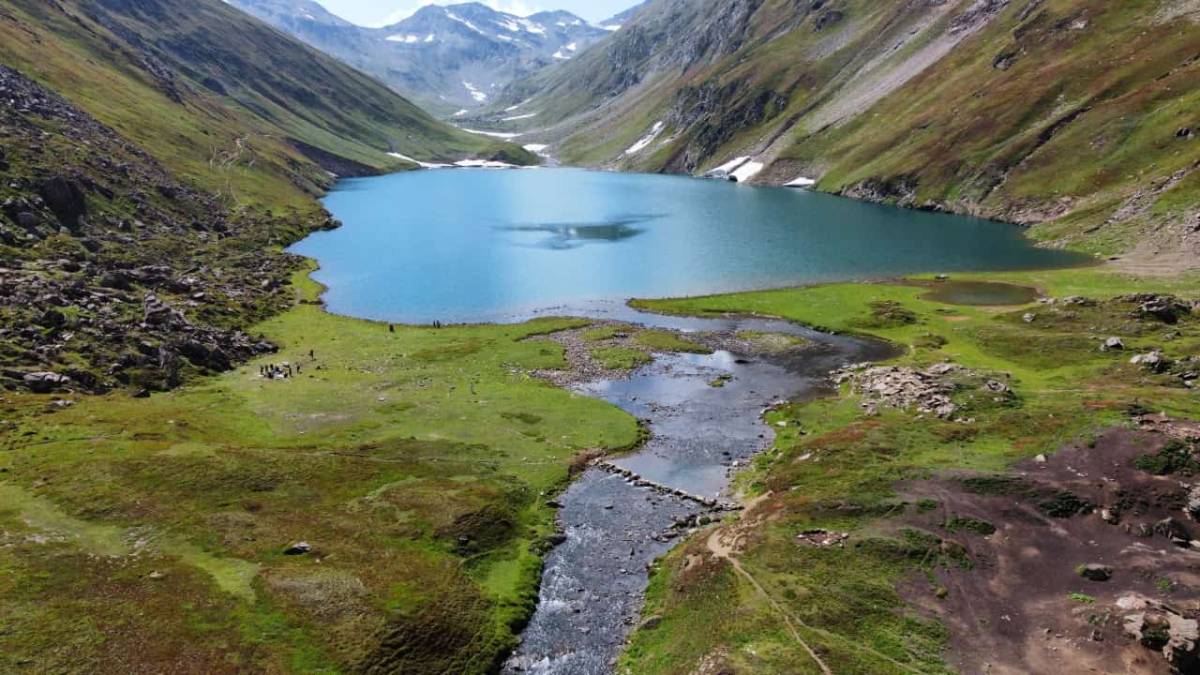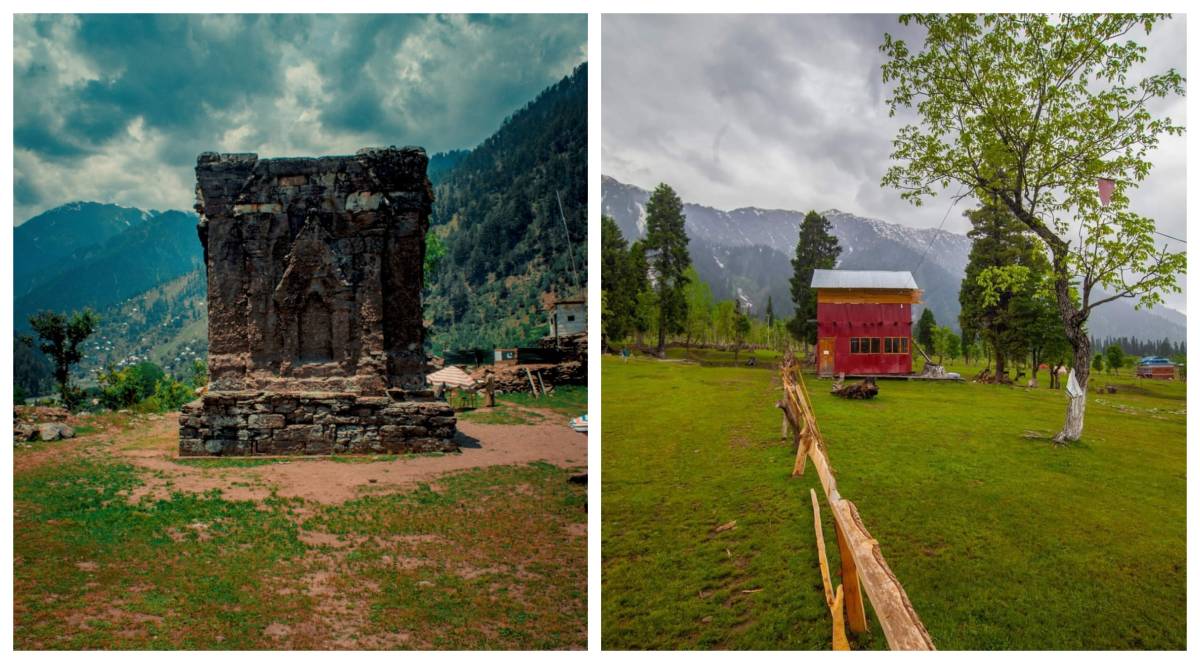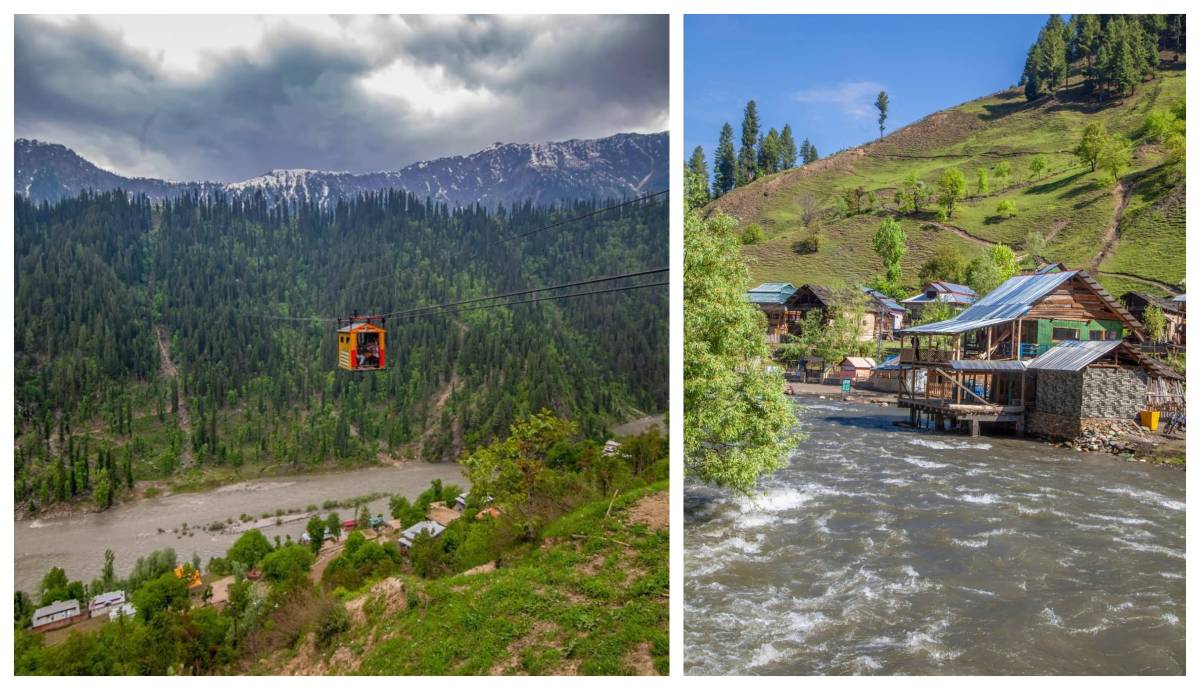Exploring the majestic Neelum Valley: A journey through nature and hope
The valley stretches over 240 kilometres along the banks of the Neelum River, with a patchwork of villages and towns scattered throughout

Maryam Noureen Janjua, Special to TravelsDubai
Neelum Valley, tucked away in the scenic Azad Jammu & Kashmir (AJK) of Pakistan, has long been one of the country's most sought-after destinations for nature lovers, trekkers, and photographers. During my recent trip to this awe-inspiring valley, I witnessed not only its timeless beauty but also significant improvements in tourism infrastructure, all while being reminded of the region’s complex history and the resilience of its people.
As we drove deeper into Neelum Valley, the first thing that struck me was the stunning contrast between the lush green forests and the towering snow-capped peaks. The valley stretches over 240 kilometres along the banks of the Neelum River, with a patchwork of villages and towns scattered throughout. My first stop was Kerimabad, known for its quaint beauty and proximity to the famous Sharda University ruins, an ancient site that is a symbol of the valley's rich history. As I roamed the narrow streets of the village, I couldn't help but admire the simple charm of the wooden houses, the scent of pine in the air, and the friendly locals who greeted us with warmth.

Treasure trove
Neelum Valley is a treasure trove of natural beauty. Arang Kel, perched high on a mountain, provides breathtaking views of the valley below and is now more accessible than ever, thanks to the newly constructed cable car. Visitors like myself can now avoid the challenging trek and instead enjoy the panoramic vistas from a safe and comfortable ride. Ratti Gali Lake, one of the most famous spots in the valley, has also benefited from improved roads and better connectivity, allowing tourists to reach the high-altitude alpine lake with much less hassle than in the past.
But it's not just the natural landscape that's evolving—there’s also a notable improvement in the tourism facilities throughout the region. New guesthouses, hotels, and campsites have been built in key areas, including Kel, Sharda, and Leepa Valley. These modern amenities blend well with the traditional mountain architecture, making it easier for tourists to enjoy the area without sacrificing comfort. Moreover, the locals have become more adept at providing services such as guided tours, cultural experiences, and eco-tourism activities that promote sustainability.

History of hardships
However, beneath the beauty and progress lies a history of hardship. The people of Neelum Valley have long endured the ravages of conflict due to its proximity to the Line of Control (LoC), the de facto border between India and Pakistan. The valley has seen its share of cross-border firing, with civilians caught in the line of fire and villages frequently disrupted. Local communities have often had to bear the brunt of these hostilities, with many families displaced from their homes, unable to pursue their livelihoods in peace.
The ongoing conflict has cast a shadow over the region, affecting tourism for years. Roadblocks, restrictions, and security concerns made travel to Neelum Valley difficult for both locals and international tourists. The threat of shelling and gunfire from across the border has remained an ever-present worry, particularly for those living in the valley's more exposed areas. However, the ceasefire agreement between India and Pakistan, which has largely held since 2021, has significantly improved the security situation along the LoC, and this, in turn, has sparked a new wave of optimism for tourism in the region.
Fragile peace
The fragile peace has had a profound impact on the valley’s tourism industry. With fewer security concerns, local businesses are beginning to thrive once again, as tourists from within Pakistan and abroad feel more confident in visiting. The National Tourism Corridor, which includes Neelum Valley, is being promoted more vigorously by the government, highlighting the valley's natural beauty, cultural heritage, and its potential as a sustainable eco-tourism destination. In Kerimabad, local shopkeepers report an increase in foot traffic, with more visitors flocking to buy local handicrafts, fresh produce, and traditional Kashmiri shawls.
Community-based tourism
The role of community-based tourism—where local residents are actively involved in shaping the tourism experience—is a model that should be prioritized. Eco-tourism initiatives can provide long-term benefits to the local economy while preserving the valley's pristine environment. Additionally, the development of digital tourism platforms and local business training programs can further enhance the region’s attractiveness to visitors.
It is also crucial that the peace achieved along the LoC remains stable. The resilience of the people of Neelum Valley is evident, but lasting peace will allow the valley to truly flourish, not only in terms of tourism but in the lives of its people. The hope is that the current ceasefire will lead to broader regional stability, bringing lasting prosperity to the people on both sides of the valley, who share more in common than they often realize.
Gratitude
As I left Neelum Valley, I couldn’t help but feel a deep sense of gratitude for the beauty and serenity that the valley offers. Its towering mountains, crystal-clear rivers, and charming villages are a testament to the resilience of its people. And while the shadow of past conflicts still lingers, the brighter future of tourism in Neelum Valley seems more certain than ever. With improved facilities, renewed peace, and the undying spirit of its people, Neelum Valley is not just a place to visit—it is a symbol of hope, healing, and the power of nature to transcend human divides.